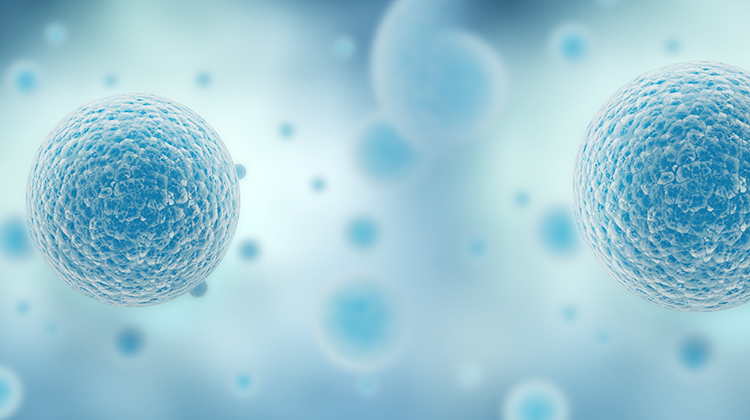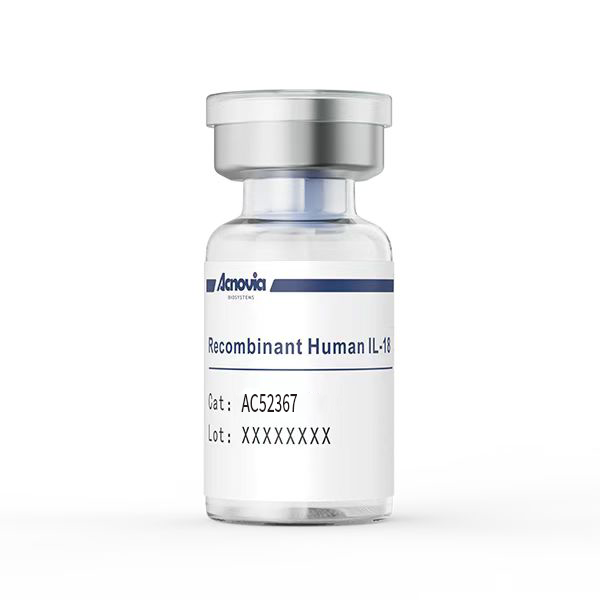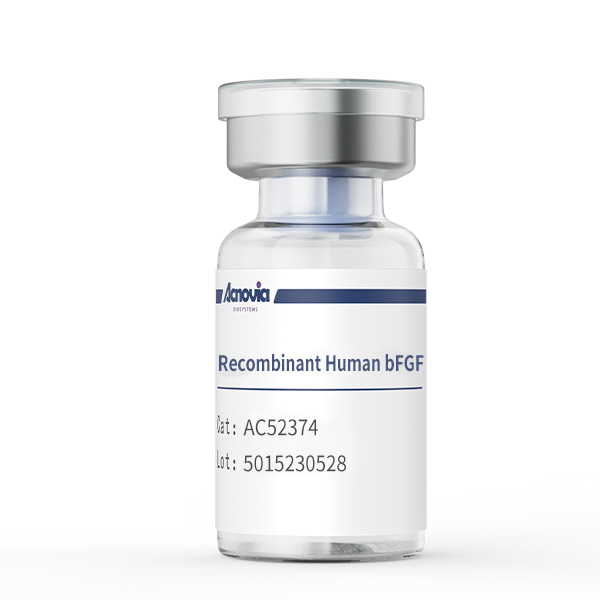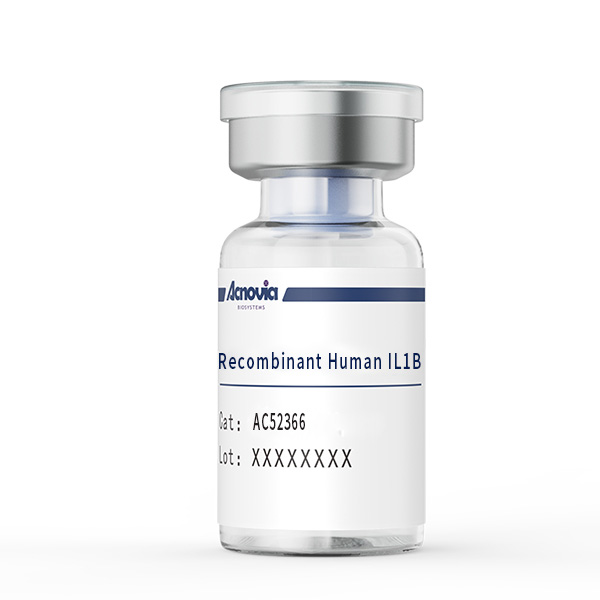
Catalog#:AC52385
Source:Escherichia coli.
SDS-PAGE:9 kDa, reducing conditions
Molecular Weight:Approximately 12.9 kDa, a single non-glycosylated polypeptide chain containing 115 amino acids.
-
100 μg
¥4380.00
现货 -
1 mg
¥21800.00
现货
Catalog#/Size:AC52385/100 µg.
Source:Escherichia coli.
Molecular Weight:Approximately 12.9 k Da, a single non-glycosylated polypeptide chain containing 115 amino acids.
Descriptio:Accession # P40933.1, Asn49-Ser162, with an N terminal Met.
SDS-PAGE:9 k Da, reducing conditions.
Purity:>95 %, as determined by SDS-PAGE, under reducing non-reducing conditions,visualized by coomassie staining.
Endotoxin:Less than 0.01 EU/ µg of rHuIL- 15 as determined by kinetic Limulus Amoebocyte Lysate (LAL) assay.
Biological Activity:Recombinant human IL-15 bioactivity is measured in a cell proliferation assay using Mo7e cells, the EC50 for this effect is 3.500 to 4.556 ng/mL.
Physical Appearance: Sterile Filtered White lyophilized (freeze-dried) powder.
Formulation:Lyophilized from a 0.2 µm filtered concentrated solution in 20 mM PBS, pH 7.5 without carrier protein or preservatives.
Reconstitution:We recommend that this vial be briefly centrifuged prior to opening to bring the contents to the bottom. Reconstitute to a concentration of 0.1-1.0 mg/mL in sterile distilled H2O. Stock solutions should be apportioned into working aliquots and stored at-20 ℃to -70 ℃ . Further dilutions should be made in appropriate buffered solutions. Do not reconstitute in cell culture media directly.
Shipping:The product is shipped at 2℃to 8℃. Upon receipt, store it immediately at the temperature recommended below.
Stability & Storage:Use a manual defrost freezer and avoid repeated freeze-thaw cycles.
A minimum of 12 months from date of shipping when stored at -20 ℃to -70 ℃as supplied.
4 weeks at 2 ℃ to 8 ℃ under sterile conditions after reconstitution.
4 months at -20 ℃ to -70 ℃ under sterile conditions after reconstitution.
Usage:Acnovia rHuIL-15 product can be used for a variety of ex vivo cell culture applications such as research or further manufacturing.
Quality statement:No animal- or human-derived materials were used for the manufacture of this product, unless otherwise stated in the respective Certificate of Origin.
Interleukin 15(IL-15) is a widely expressed pro-inflammatory cytokine that regulates T and natural killer cell activation and proliferation.Together with IL-2, IL-4, IL-7, and IL-9, IL-15 belongs to the four-α -helix protein which is a 14–15 k Da protein that shares many biological activities with IL-2. IL-15 signals through a receptor complex composed of the IL-2/IL-15 receptor β (IL-15Rβ) (CD122) subunit and the common gamma chain (γC) (CD132) receptor subunit, and thus negatively regulate each other's activity. The number of CD8+ memory cells is shown to be controlled by a balance between IL-15 and IL-2. IL-15 drives homeostatic (lymphopenic) division of human CD8+ and CD4+ memory T cells, and NK cells. IL-15 has anti-apoptotic effect on CD8+ memory T cells, and on B cells in the germinal centers.
IL-15 is secreted by monocytes, macrophages, Dendritic cells, follicular dendritic cells, stromal cells, T cells, and some cancer cells (prostate, ovary). Dendritic cells can be induced to secrete IL-15 in vitro by engagement of CD40. And the IL-15 essential for NK cell development is produced by bone marrow stromal cells.
1.Patidar M, Yadav N, Dalai SK. Interleukin 15: A key cytokine for immunotherapy. Cytokine Growth Factor Rev. 2016 Oct;31:49-59. 2.www.ncbi.nlm.nih.gov/gene/3600#
3.Kryczek, I. et al. (2007) J. Immunol. 178:6730.
4. Thomas A. Waldmann, Interleukin-15, Reference Module in Neuroscience and Biobehavioral Psychology, Elsevier, 2017.
5. Joseph Lorenzo, Chapter 9 - The Effects of Immune Cell Products (Cytokines and Hematopoietic Cell Growth Factors) on Bone Cells, Academic Press.





 CN
CN









 细胞治疗
细胞治疗
 基因治疗
基因治疗
 mRNA治疗
mRNA治疗






 产品说明书
产品说明书 试用装
试用装
 0571-86963020
0571-86963020




